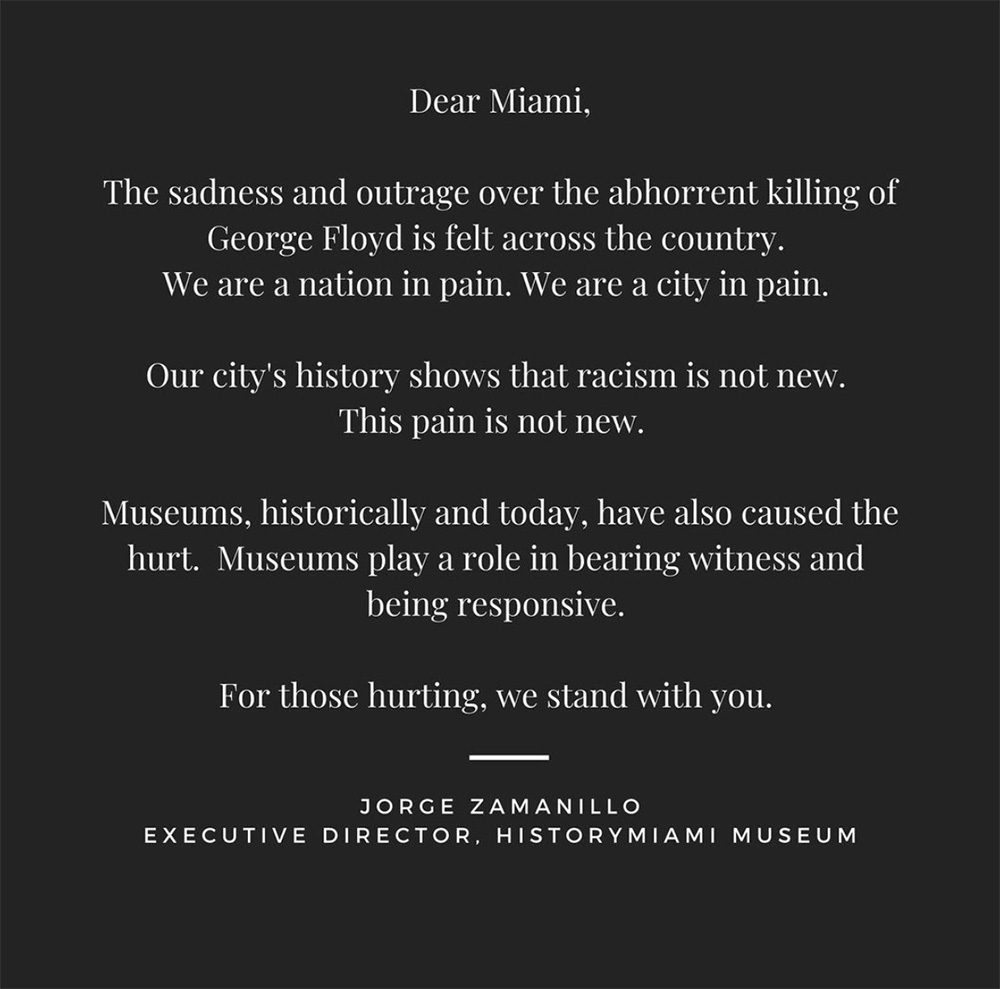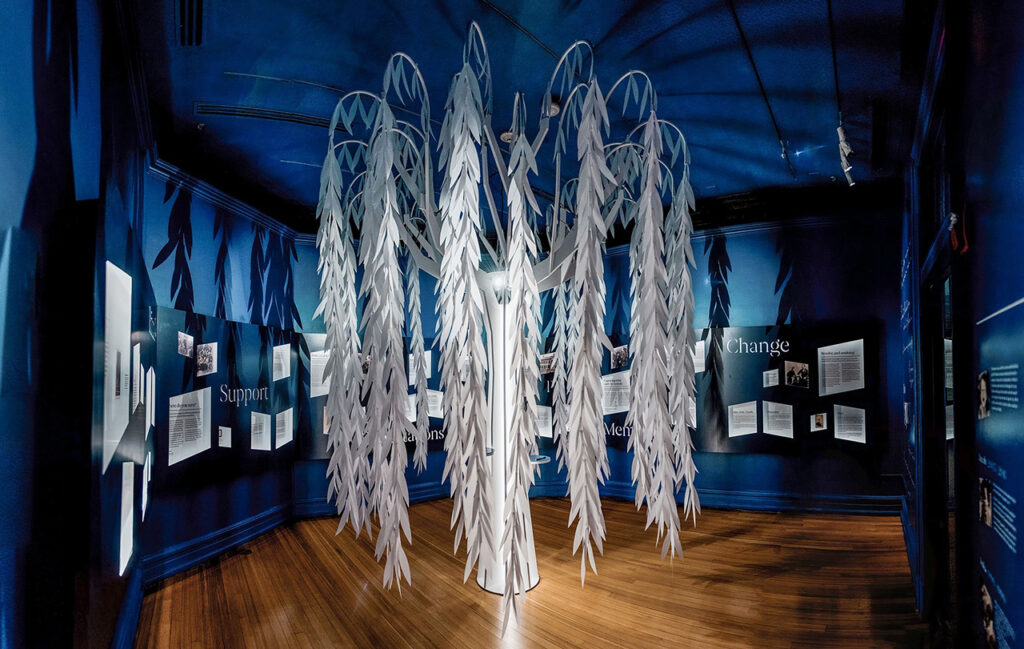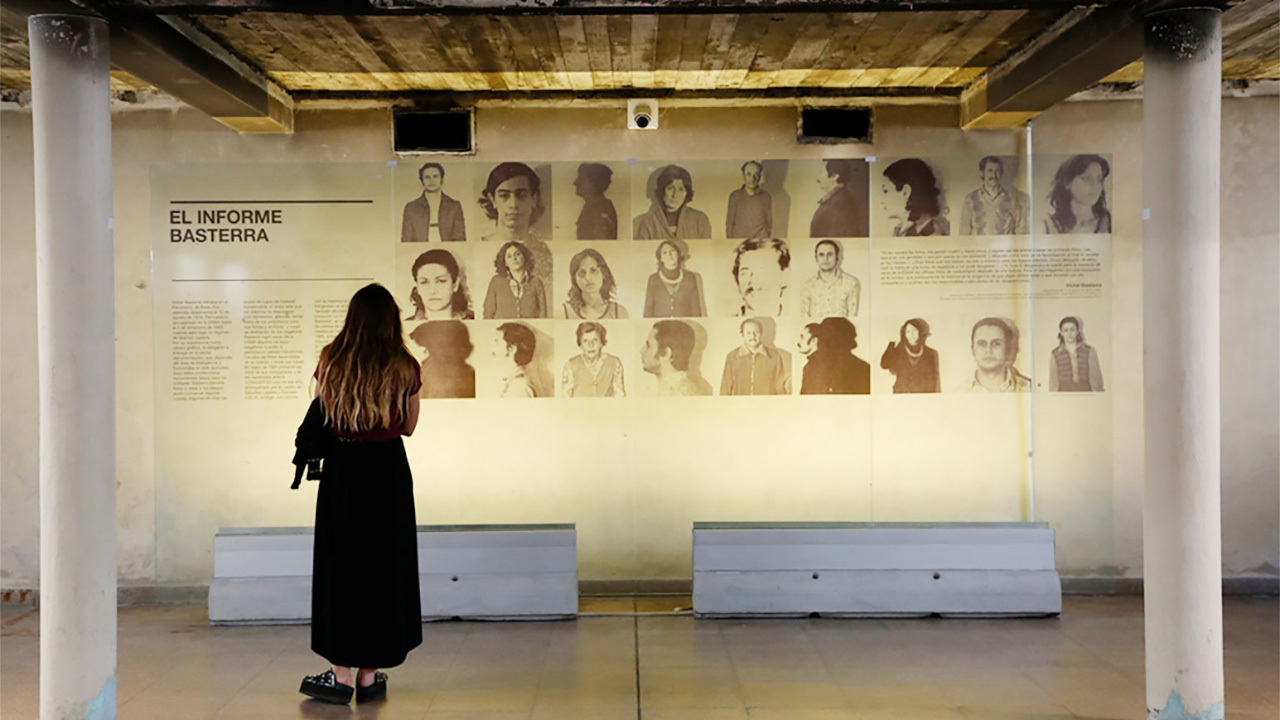At age 14, Linda Norris landed her first job at a museum. “The goal to have us out doing things was strong in my family,” she tells Jing Culture & Commerce, which is how she wound up volunteering at a local history museum. It was an edifying experience that in no way would be Norris’ only one in the museum field.
In the years since earning a graduate degree in Museum Studies, she’s plugged away as an independent museum professional in the US and Canada, and worked in Ukraine’s heritage sector as part of a Fulbright fellowship. Today, she serves as Senior Specialist in Methodology and Practice with the International Coalition of Sites of Conscience, a global network of some 300 historic sites and cultural heritage institutions committed to foregrounding past and present human rights issues.
“Starting from a little tiny history museum to my work at the coalition, it’s always been about a passion for change,” she says. “I think it’s about change for museums, but it’s also about not being afraid to change in my own professional life.”
To effect that change in museums, Norris, in her work, has urged creativity in institutional thinking (she co-wrote the book on it), transparency in practices, and community as a key focus in audience outreach. Threaded throughout is a conviction that cultural institutions add social value as much as they shoulder social responsibility. They need to work “not for somebody,” she notes, “but with somebody” — a point that’s only grown more urgent over the past year as many U.S. museums, in the wake of a racial and civic reckoning, contend with their role in an inequitable system.

History Miami’s May 2020 social media post that acknowledged museums’ role in perpetuating social inequities. Image: History Miami on Instagram
Museum professionals, Norris adds, “are not the only people that have thoughts, ideas, and meaningful contributions to make to cultural history. The future of museums lies in understanding that we’re all one piece in building stronger communities.”
Buoyed by a belief in what museums could and should be, Norris makes a fitting guest speaker at one of MUŻE.X’s Spring series webinars on May 27. Happening in the run-up to the conference in October, the one-hour event will see her discuss how creativity and participatory practices have become increasingly central in a post-COVID museum landscape. As Norris put it, 2020’s lockdowns have demonstrated that institutions “can actually move way faster than [they] thought [they] could.” In other words, change is not some far-off prospect, but, as she elaborates below, entirely within reach.
What does a museum mean to you?
I think it has to be forward-thinking, but it has to understand that the past is a tool that it can use. Understanding that past has to be about understanding the past of whatever subject you’re interpreting or whatever your collection is, but you also have to understand the past of your own organization. The kind of work that people are doing around repatriation now, I think that kind of honesty and transparency is, I would say, one of the things that a museum has to have to be future-oriented.
How would you describe your personal mission with the coalition?
I’ll use a phrase that my colleague Braden [Paynter] always uses in methodology and practice, which is that our goal is to provide members and other organizations with the knowledge, skills, and connections. You need to know what something is, whether it’s a dialogic interpretation or a particular kind of history. You need to have the skills and you need to know how to have hard conversations. But you also need connections and you need to understand how to make them, which, to be honest, is a part of my work that I like the best.
How has your work with the coalition changed the way you view museums?
Many of our members around the world that are museums, archives, or memory initiatives are human rights activists coming to museum work. They’re totally different from mainline, old-school museum folks because they saw, from the start, museums as tools for change. One of the Coalition’s strengths is bringing traditional museums and historic sites together with these newer initiatives — so everyone can learn together! And that’s part of what the coalition helps with: figuring out how to use these tools, whether they’re in Argentina or Cambodia or Russia.
In your view, what’s lacking in museum practice today?
The field in the US and most of Europe is still incredibly white. This is not a diverse field and there’s slow progress. And when people of color enter the field, they still face so many obstacles that are just horrifying. We have to figure out how to fix that. I don’t think the answer is more graduate school training. I think the answer is valuing all kinds of knowledge and skills so that there should be all kinds of ways to enter into the field, and of course, changing leadership.

Reflections on Grief and Child Loss at President Lincoln’s Cottage connects the Lincolns’ experience of grief with that of modern families who have lost children to illness, and physical and gun violence. Image: President Lincoln’s Cottage
Have you observed any striking examples of creativity or community outreach in action within the museum sector?
President Lincoln’s Cottage in Washington, DC just opened an exhibit about grief. That’s a deep part of that historic site’s particular story because Lincoln lost children, but they also understood right now that’s what everybody needs. And so they’ve done online initiatives where people can share their expressions of grief and how they think about it.
Another example is ESMA Museum and Site of Memory, a former detention center in Buenos Aires and one of our members. They opened their permanent exhibit maybe 10 years before and when they thought about it a year or two ago, they realized that even though women were imprisoned and tortured at ESMA, nothing in the entire exhibit addressed that. So they did a great project supported by one of our grants where they redid the exhibition, but also corrected their labels — literally, with red addition of texts. That’s the transparency and honesty part, to say, “We did this, we really think it’s not great now, and we’re going to show you how we’ve made that change and that correction.”
What are some essential first steps museums can undertake toward that same social concern?
I think if you’re part of leadership in a museum that’s reopening, your first step should be working at the front desk for a little bit. I believe everybody should work front-of-house at some point. But then I think there’s this other step to say, “I’m going to go have coffee at a different place; I’m going to patronize black-owned businesses; I’m going to connect in Europe with organizations working with migrants and refugees.” It’s not about inviting people to come to a meeting at your big, scary, official-looking museum, but going to meet people where they are.
Museum work at its best is about bridging things — bridging the past and the present, but also bridging communities, knowledge, and expertise. That means you can’t stand here and say, “Oh, I’m inviting you over.” It doesn’t work that way. You have to go out.



